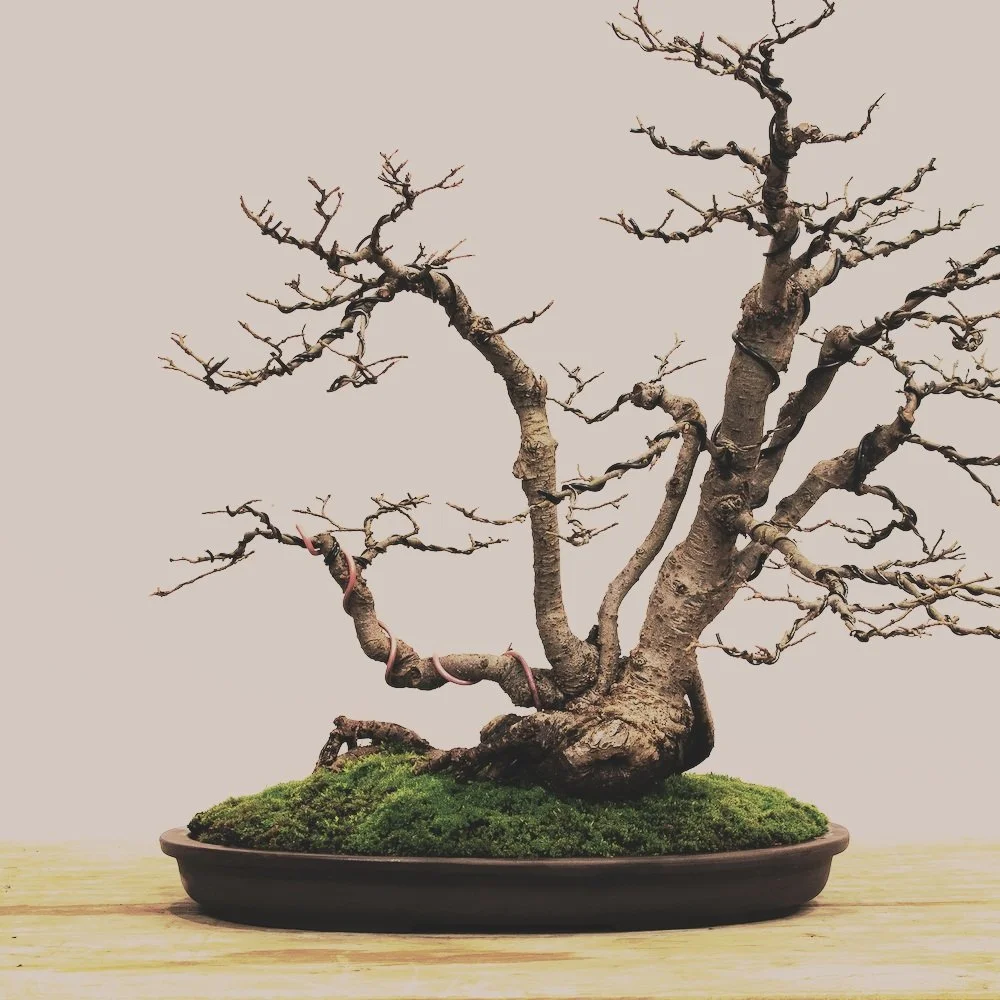Understanding Tree Categorisation
One of the ways we navigate how to understand a trees physiological processes is to define certain trees into a number of categories. We break this down into 3 major devisions across the board for any tree in the world including endemic Australian native species.
Broadleaf-evergreen
A Broadleaf tree is any Angiosperm that has a flat leaf. A Broadleaf-evergreen tree is one that always maintains its leaf mass at any one time. This makes Broadleaf-evergreen trees opportunistic by nature and are able to photosynthesis all year round much like most conifers. Broadleaf-evergreen leaves can be wide and large or small and narrow and everything in between in shape. The smaller the leaves the tendency is towards more numerous numbers of leaf masses per capita, the opposite is true for larger leaf types. Abundant leaf surface areas in either case lead to efficient water utilisation.
A Broadleaf-evergreen trees leaf shape and year round existence creates an efficient solar panel and is able to produce very abundant amounts of resources via this system. Understanding this mechanism in bonsai cultivation enables us to use this solar panel to control and allocate sugars, often multiple times a season to achieve Bonsai development goals. The time frame by which Broadleaf evergreen begin to grow in the Sprng can be dictated as such:
Coastal - growth is triggered by temperature, we manage growth during the growing season. Included here are Tropicals which are also combine humidity as a trigger for growth.
Temperate - growth is triggered by daylight length, we manage growth, during pre and/or post the growing season.
Knowing that there are different timings as to when broadleaf-evergreens grow, we can understand when to work on these trees by distinguishing between Small-leaf and Large leaf as a tool for management;
-
Leafs are small (<2cm) with large quantities per capita. We wait to prune these both once the first flush of growth and flowering have been produced in the late spring/early summer.
There internodes are small, and dont change much regardless of shoot length. They ramify easily via pruning and sometimes pinching techniques.
Examples include:
Coastal
Kunzea
Melaleuca - some species
Callitemon - some species
Leptospermum
Baekea
Wooly bush
Olive
Evergreen Oaks - some species
Eucalyptus
Temperate
Nothofagus
Banksia (Banksia marginata specifically)
Eucalyptus (Eucalyptus vernicosa specifically)
-
Leaves are large (>2cm) and will have few leaves per capita. Due to both the larger surface area of the leaf and the minimal number of them, in order to manage this system we perform the first prune of the season as the buds swell in the spring, this maximises the time we have to control growth over the growing season.
Because leaves are large internodes will stretch depending on the leaf quantity and vigour of the shoot. Here we use partial defoliation techniques to adjust foliage quantity and create density over time.
Examples include:
Coastal
Water gum
Banksia
Melaleuca - some species
Callitemon - some species
Lilly pilly
Figs (topical)
Evergreen Oaks - some species
Eucalyptus
Temperate
Hakea
Eucalyptus
Broadleaf-deciduous
A Broadleaf-deciduous is also an Angiosperm that has a flat leaf but also will expels that leaf over the course of winter when temperatures are cooler. This mechanism means Broadleaf-deciduous trees grow strong and efficiently over the growing season but loose that ability over the winter. This decrease in photosynthesis and then abundance over summer means Broadleaf-deciduous trees require attention at key times over the year to manage there growth.
Because Broadleaf-deciduous trees almost all are temperate plants except for a few key tropical deciduous tree we do not need to consider there climatic triggers for growth but rather observe the leaf size such as Small-leaf and Large leaf form as a tool for management;
-
Trees with this leaf characteristic are small (<2cm) and contain large quantities of leaves per capita. There internodes are small, and dont change regardless of shoot length. Regardless of the stage of development we wait to prune these until the growth has well and truly hardened off for the Summer. Unlike large-leaf broadleaf-deciduous we dont prune very much at leaf drop time but rather wait fro the Spring to direct growth for the spring flush.
Examples include :
Elms
Hawthorn
-
The leaf characteristic are large (>2cm) and internodes will stretch depending on the leaf quantity and vigour of the shoot. In the early spring we pinch to growth manage refined trees. On everything else we prune and partial defoliate in the late spring to adjust foliage quantity and create density.
We prune as at the end of the season as leaves drop to direct next seasons growth.
Examples include:
Maple
Beech
Hornbeam
Boston Ivy
Wisteria
Conifers
Conifers are gymnosperms and have foliage in the appearance of needles or scales, with some forming flattened needles or scales to appear like leaves such as conifers from the Podocapaceae family.
Conifers when compared to Angiosperms tend to rely on higher degrees of oxygen and a tendency towards phototropism more readily in most cases. They require strict attention to the apical meristem for strength and hormone allocation for successful cultivation.
Most Conifers have a high reliance on foliage mass for efficient cultivation with small exceptions at unique moments in there development. There are also deciduous forms of Conifer but they are still considered a Conifer over a Deciduous in this rubric as there vascular capacity is that of a Gymnosperm and not a Angiosperm making phototropism and hormone delivery important.
We can think of conifers as:
Temperate - usually produce a single flush and require specific timing for technique
Coastal - produce multiple flushes of growth and can be growth managed throughout the growing season.
Furthermore Conifers can be broken into 3 categories Scale-foliage, Pines, and Elongating;
-
These trees have a heavier reliance on their foliage as compared to other conifers. We wait to work on these tree in the growing season until the peak of summer and into the autumn.
Species include:
Junipers
Diselma
Callitris
Cypress
Huon pine
-
Pines draw strength from there root system and can be categorised as either;
Coastal (Multi-flush) Generally these are coastal species and can be triggered to produce a second flush of growth by pruning in the early summer.
Examples include:
Black pine
Red pine
Radiata pine
Temperate (Single flush) Usually higher elevation species and produce a single flush of growth. Maintaining foliage density is essential. We work on these trees towards the end of summer.
Examples include:
Mugo pine
Scotts pine
-
Elongating species area conifers that produce a long and strong piece of growth in the spring.
Temperate Growth is directed in the early spring and/or early autumn to direct energy delivered to the growing tips to maximise the singular spring push.
Example include
Mountain plum pine
Celery top pine
Mt Spurgeon pine
Pherosphera
Huon pine
Spruce
Larch
Cedar
Fir
Ginkgo
Coastal Also controlled in the early spring or early autumn to direct energy, but will additionally grow multiple times in the the season. So coastal species can be pruned a second or even third time throughout the growing season after the spring flush has hardened.
Examples include:
Redwood
Bald cypress






